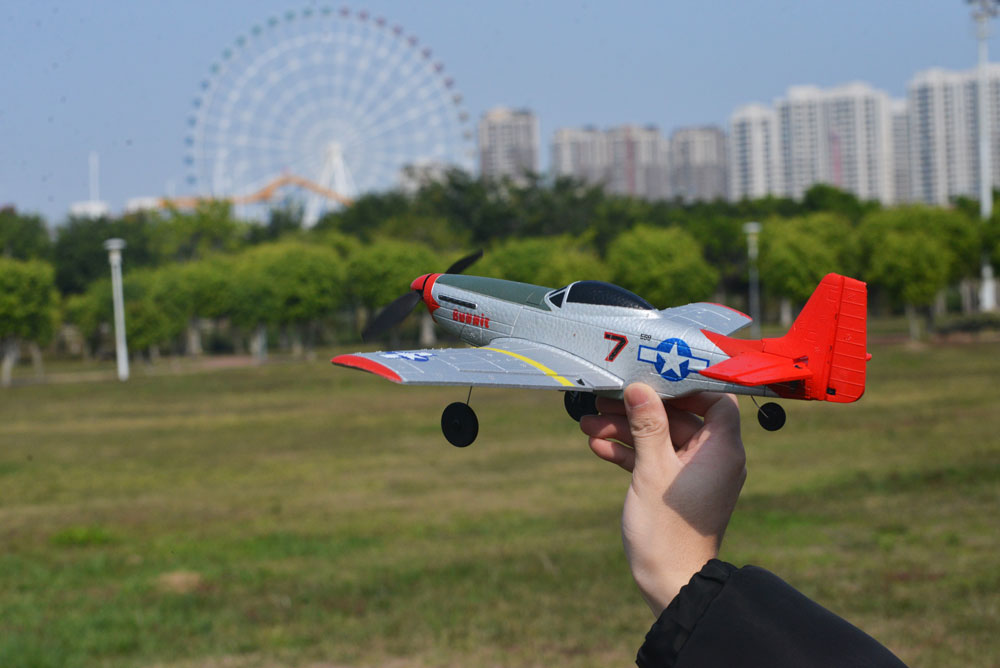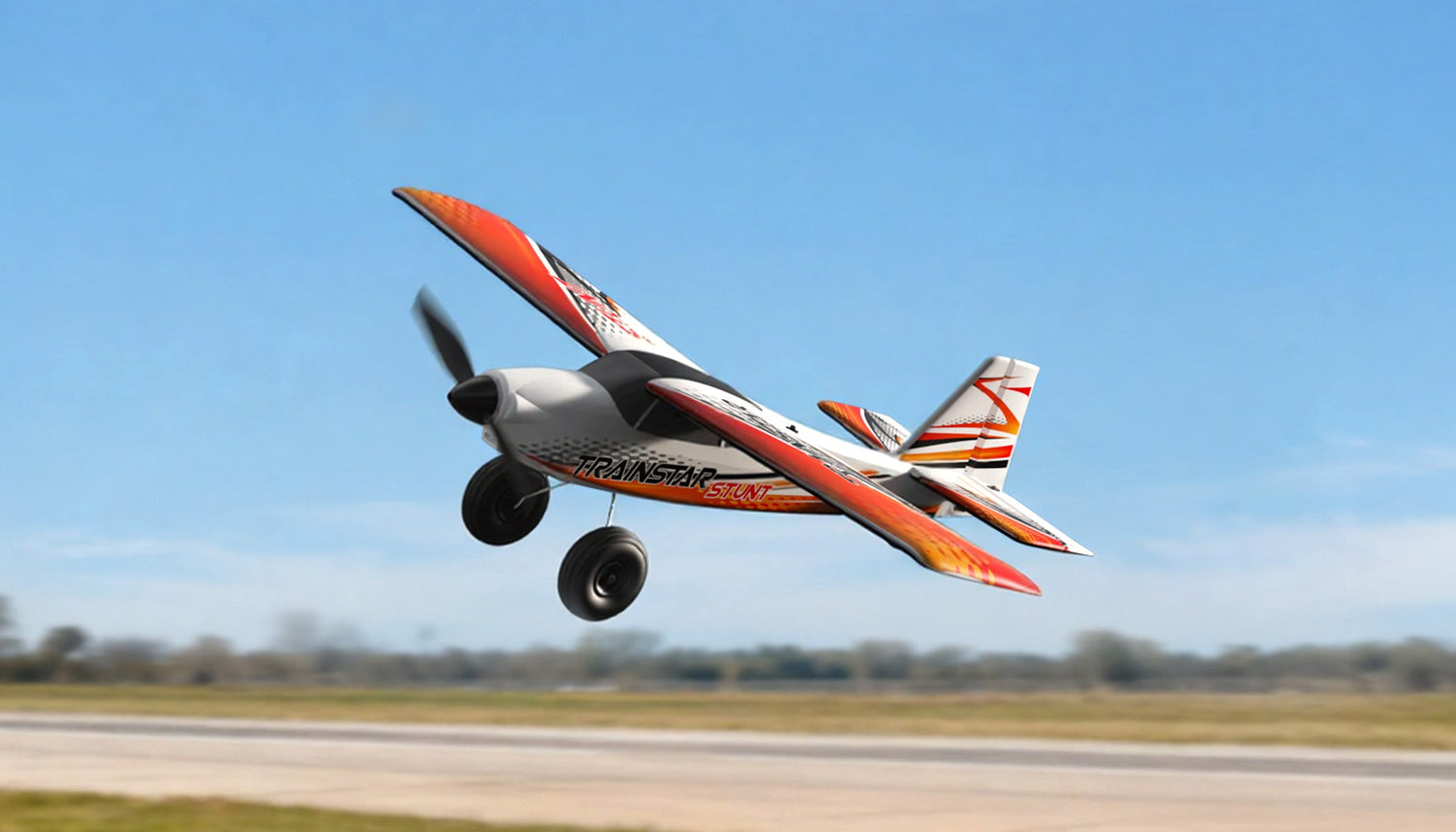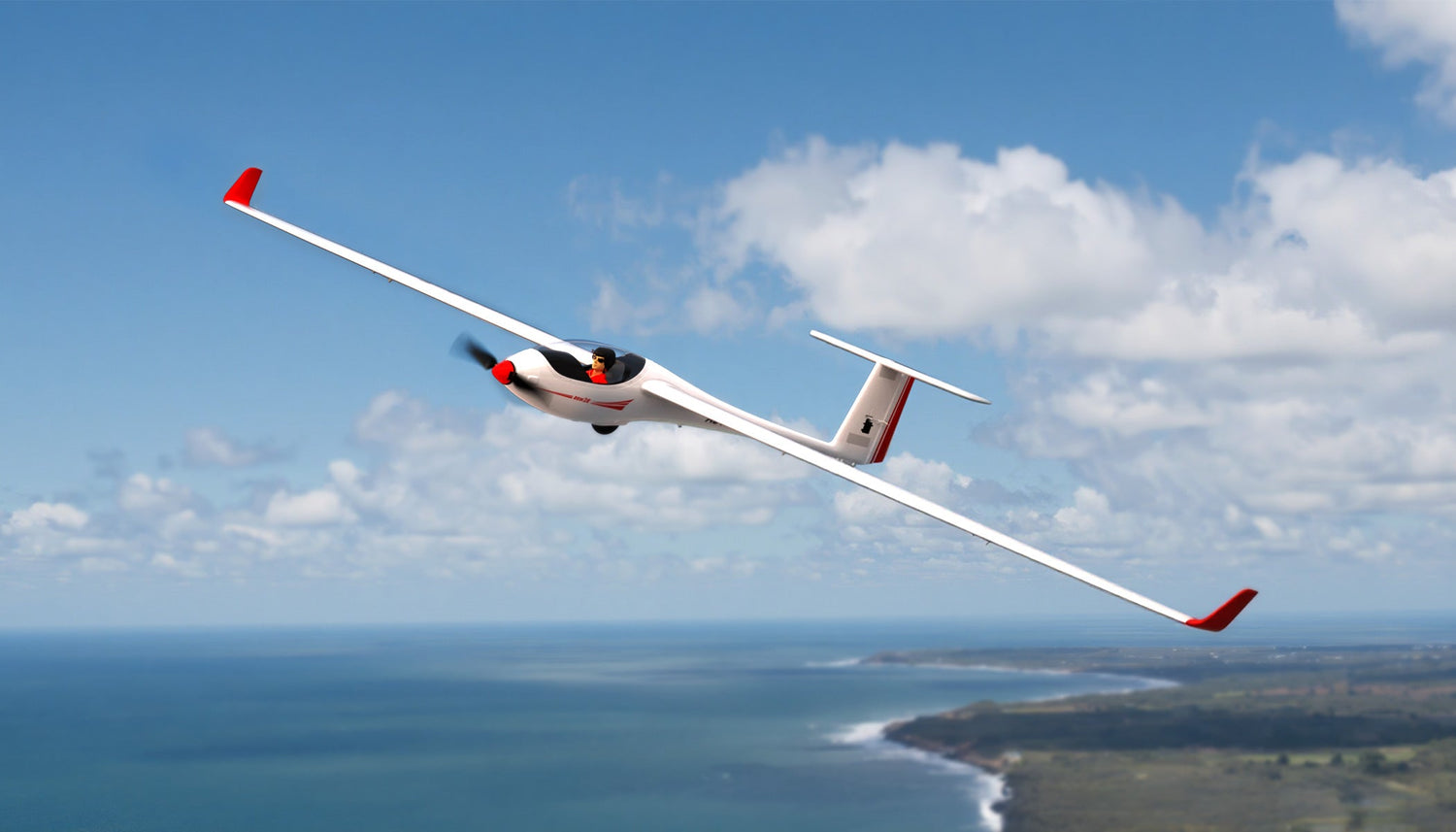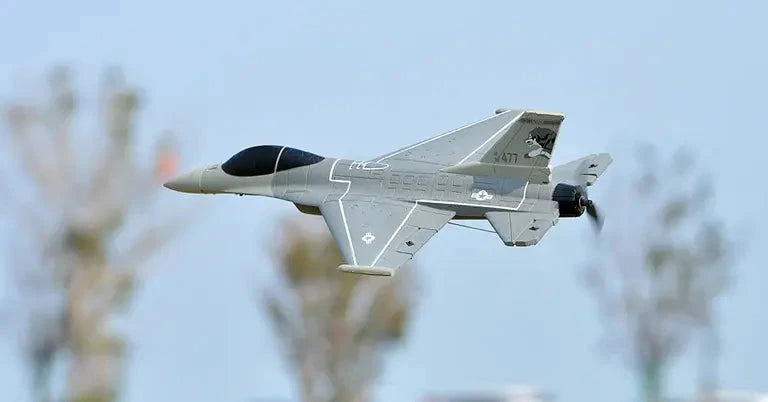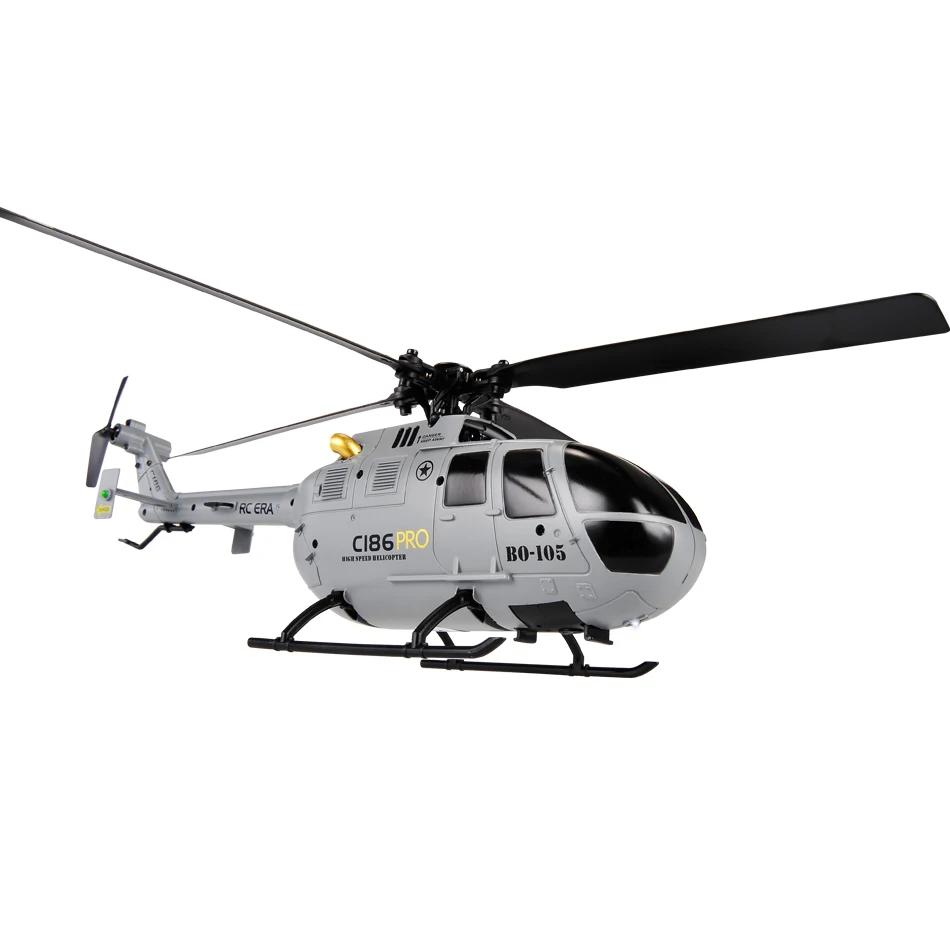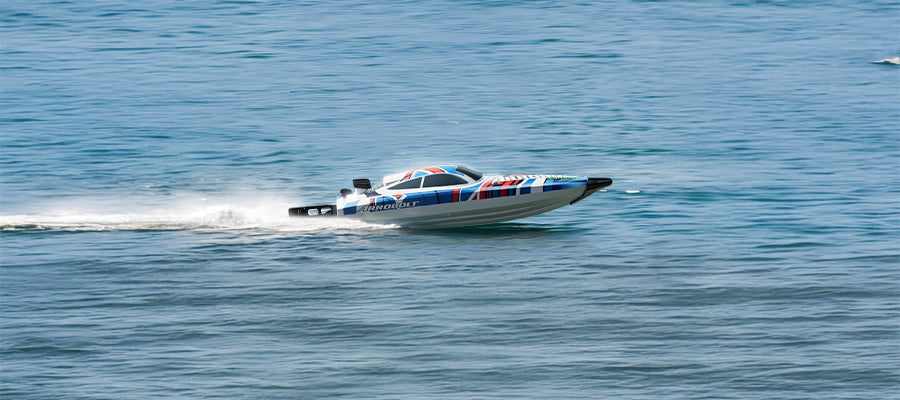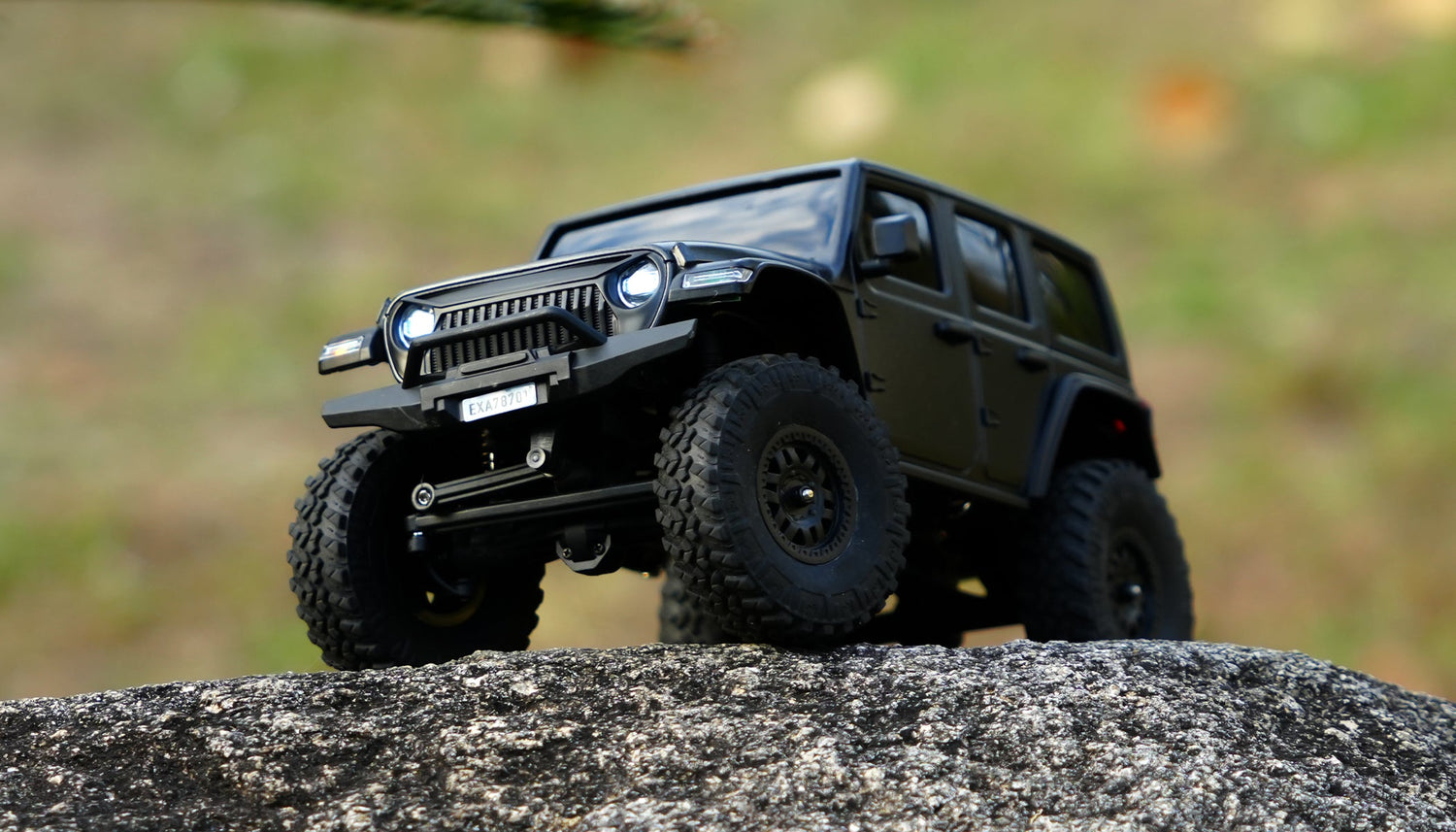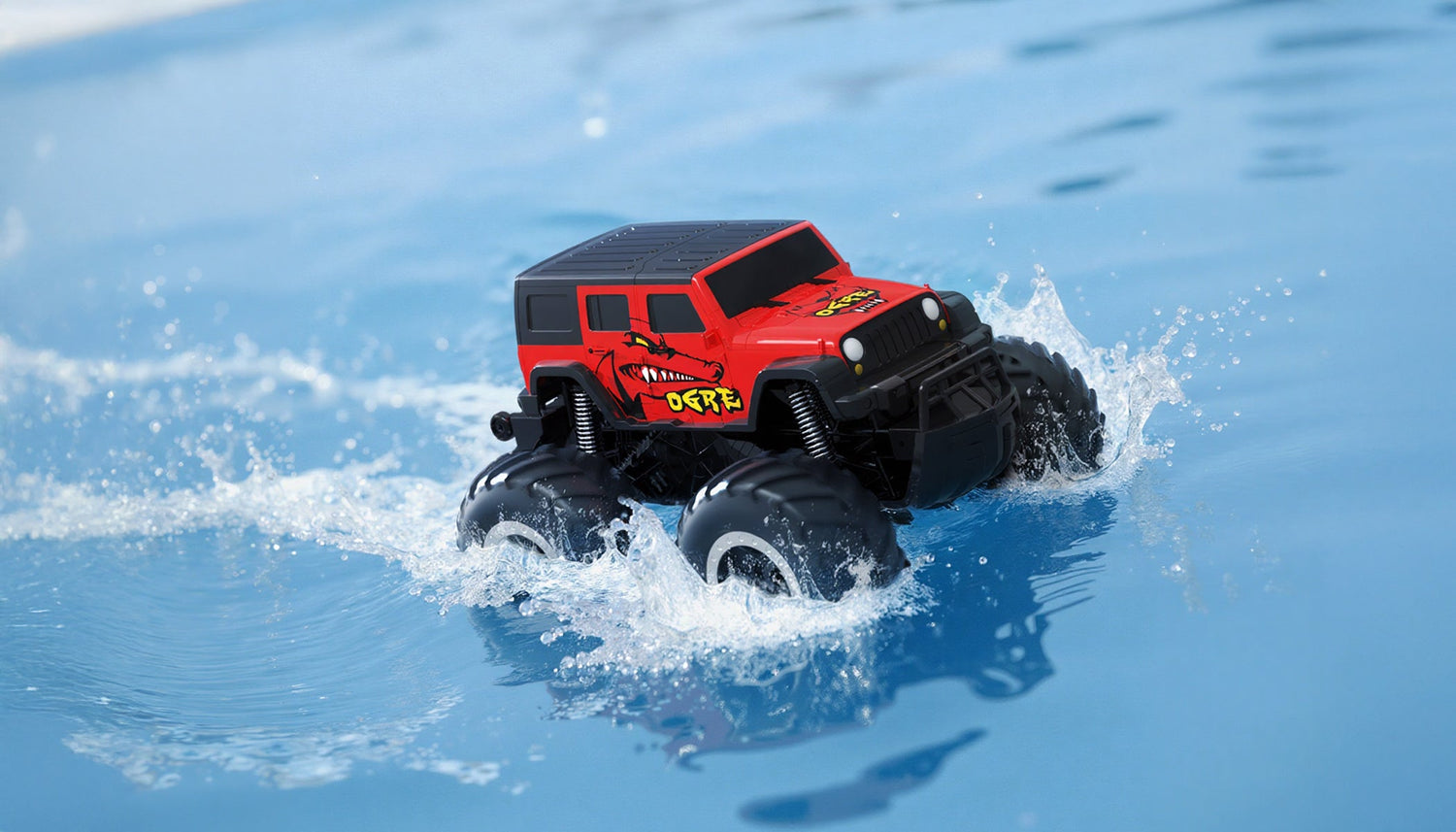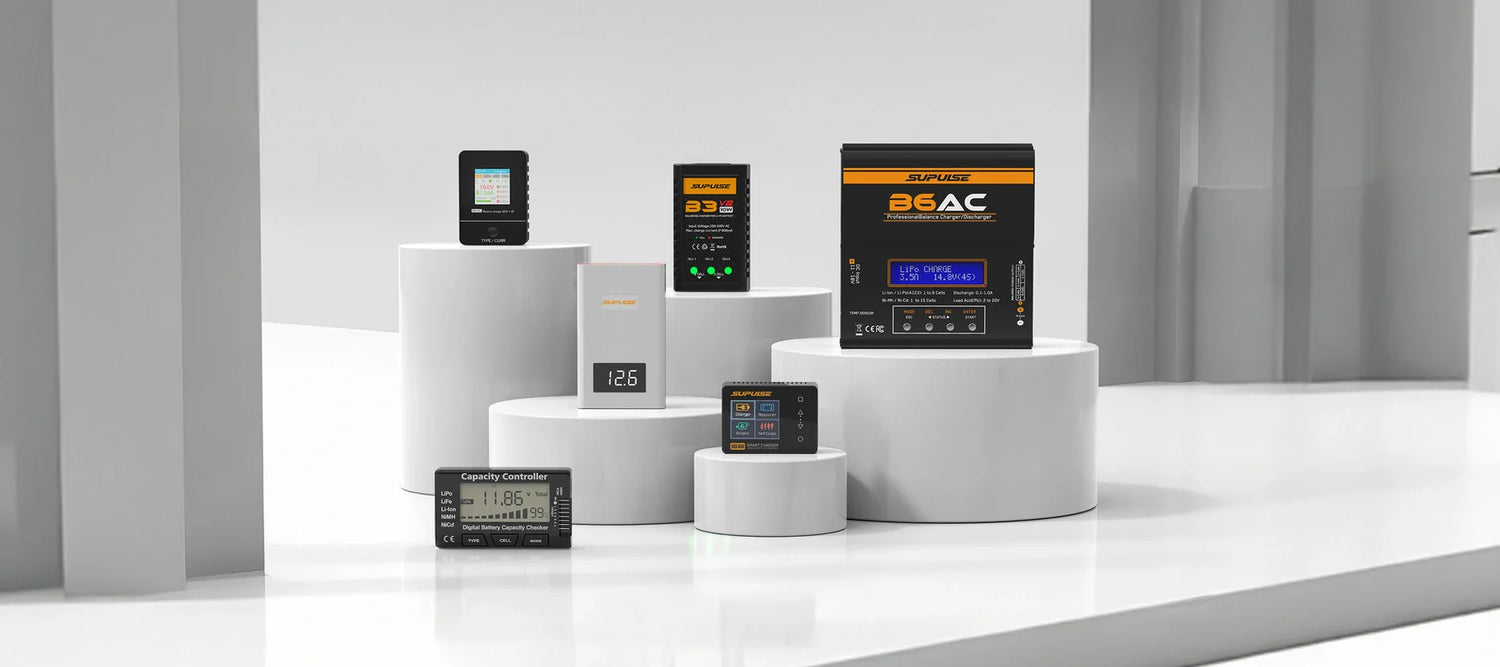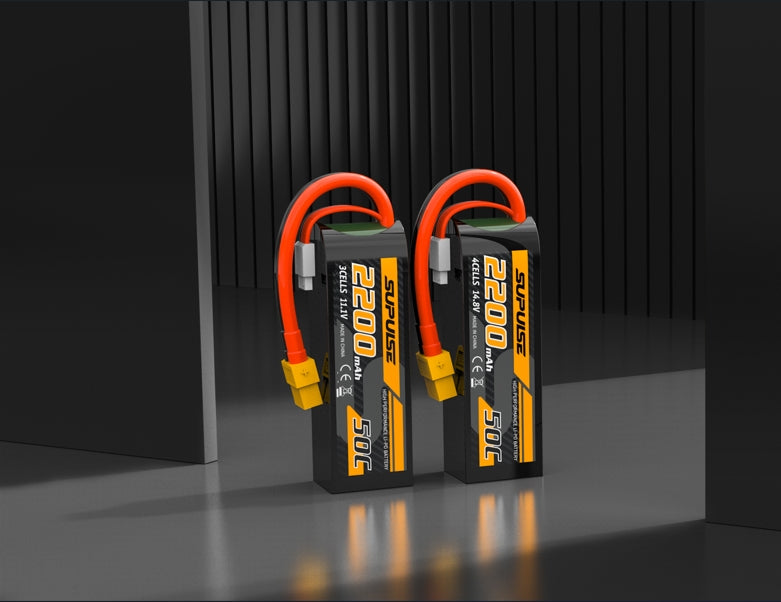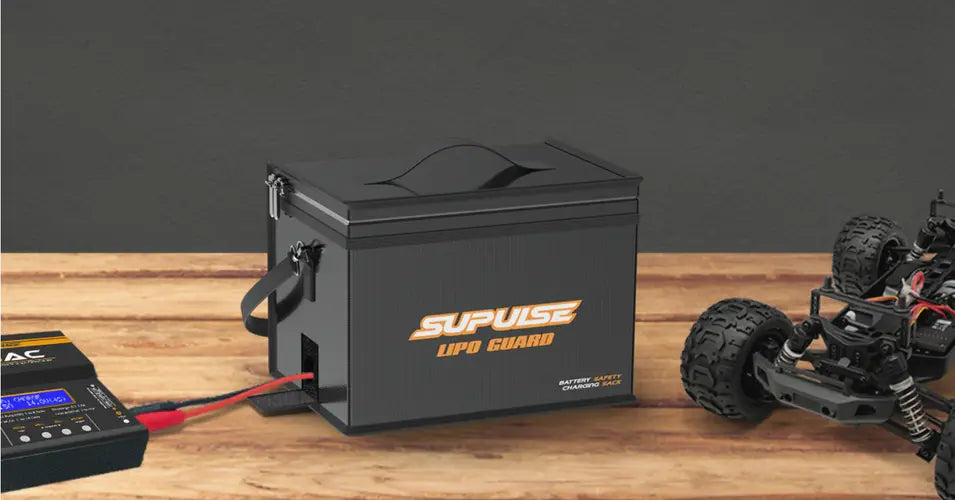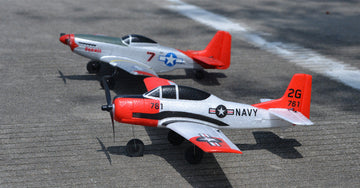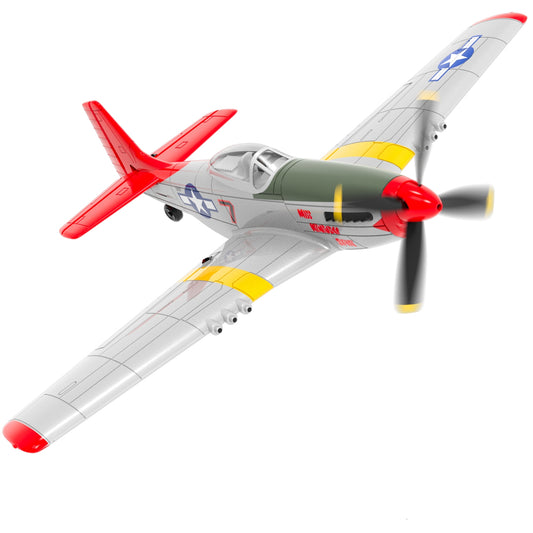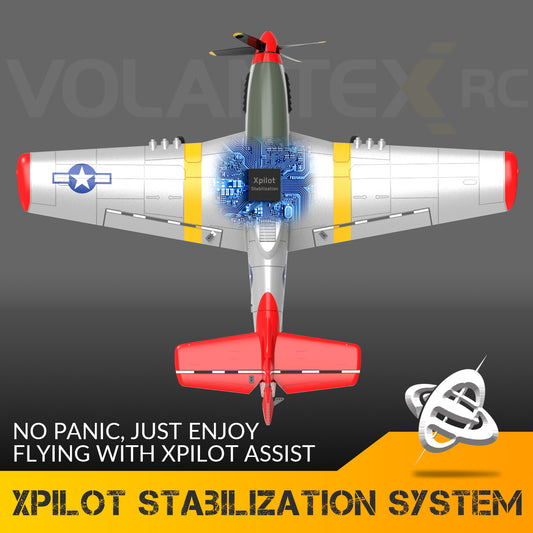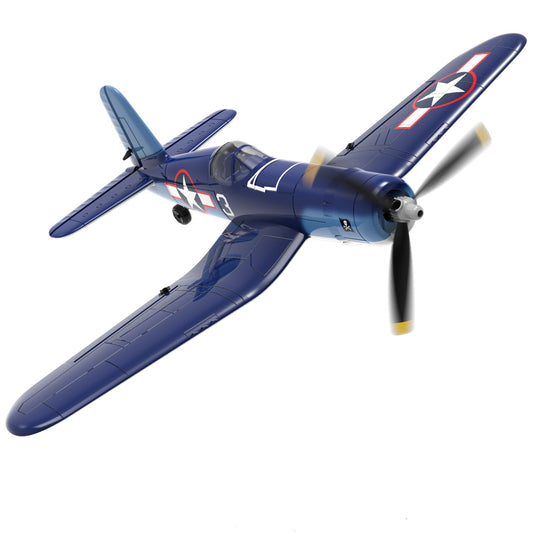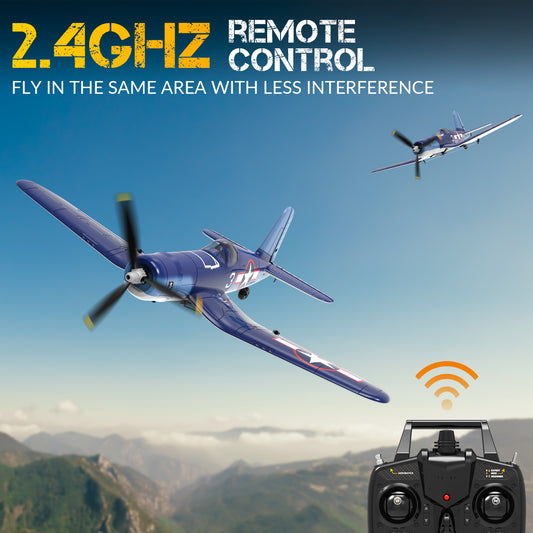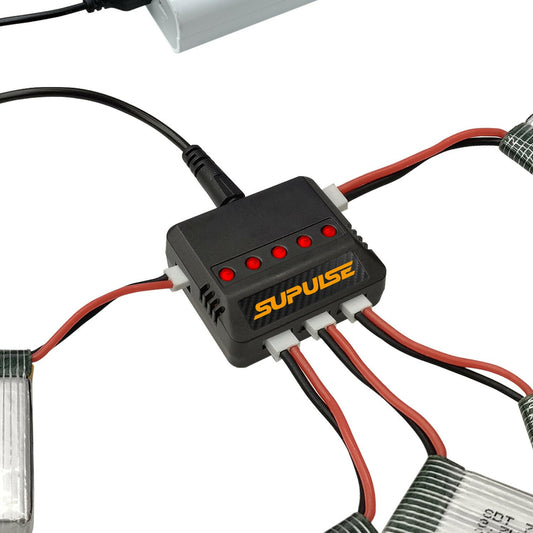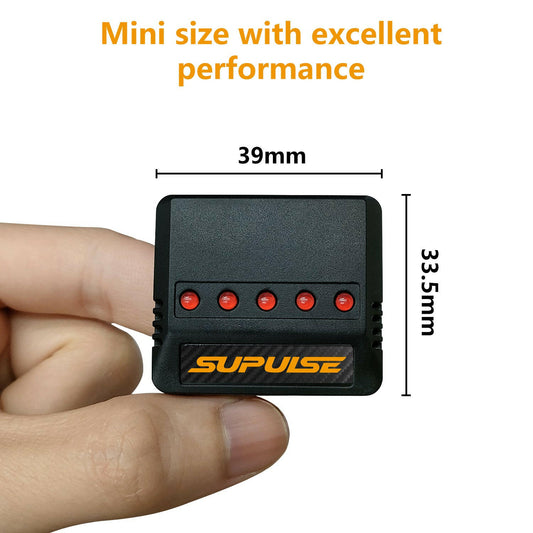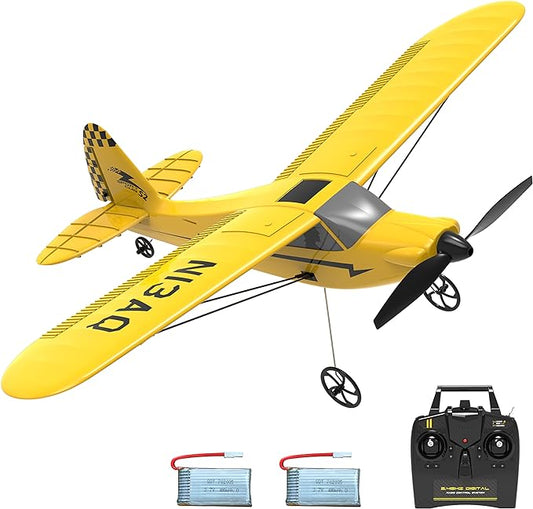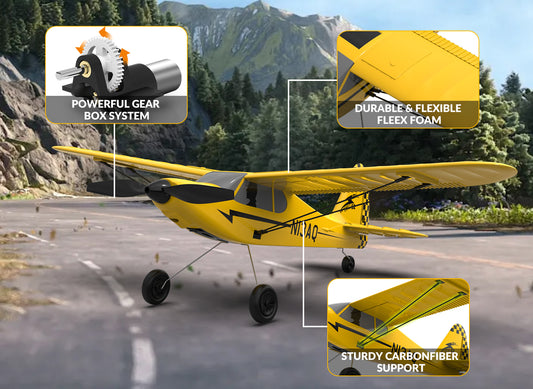IMPORTANT TIPS FOR THE NEW MODEL AIRPLANE BUILDER
Here are some important tips that will help prevent plane damage and assist with your build.
1) - Read the instructions thoroughly to familiarize yourself with the build.
2) - Avoid over-tightening screws. Extra large tools can exert excessive torque on screws, causing them to break themselves or surrounding support parts.
3) - Check landing gear mounts to ensure they are glued in properly.
4) - Never use Loc-tite or any other brand of thread-locker in contact with or near plastic (it will cause it to become brittle and break).
5) - Reinforce foam hinges with clear packing tape or 3M hinge tape as needed. This adds a second level of protection for your hinges to do their jobs appropriately.
6) - Always test the adhesive you are using on an inconspicuous area first. See our Glues section for more tips on appropriate use of adhesives.
7) - Remove pushrods from control horns (by unhooking the clevis) before plugging in your battery. This reduces the risk of a servo binding when it is first powered on, before you can adjust the servo's direction in your radio.
8) - Carefully follow the instructions in the manual to set your aircraft's recommended CG (Center of Gravity), control throws (rate of travel), dual rates and expo (control sensitivity).
9) - Check that all control surfaces are moving in the correct direction based on your radio's stick inputs. If you aren't sure if the direction is correct, refer to the owner's manual for illustrations. If your manual does not have illustrations DO NOT FLY until you can have an experienced RC pilot check them for you (or research proper control surface direction online).
10) - Always switch on your radio before plugging in the battery, and unplug the battery before turning off the radio after a flight. It is important to remember this proper sequence.
11) - Always set your flight timer conservatively for a first maiden flight. 3 minutes is a safe period to allow you to takeoff, trim the aircraft, and practice landing approaches. Land, record your battery voltage, and calculate a safe flight time, adding 30 seconds on each subsequent flight until you are landing consistently with the batteries at ~25% state of charge.
12) - Never keep a battery plugged in for more than 20 minutes in an aircraft.
13) - Perform regular inspections and maintenance on your aircraft every ~10-15 flights, or especially after a hard landing or minor crash. Inspect the propeller for any cracks or damage. Inspect the retracts for smooth operation and ensure their grub screws are tight. Check your aircraft's control hardware. If it uses fuel tubing to secure the clevis to the control horn, ensure the tubing is tight yet flexible, and isn't damaged or dried out.

